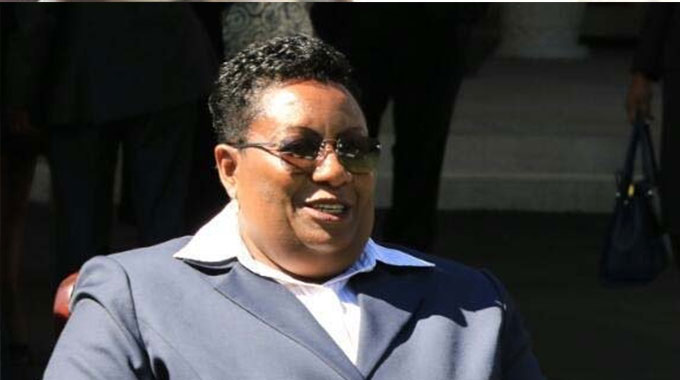Government, Matopos Research partner to boost livestock production

Thupeyo Muleya in Beitbridge
GOVERNMENT has partnered with Matopo Research Centre under a three-year Zimbabwe Resilience Programme that is set to boost livestock production in Beitbridge.
Livestock production is one of the major economic drivers in the country. The programme is being rolled out in three phases and implemented by a consortium of non-governmental organisations with funding from the United Nations Development Programme (UNDP).
Beitbridge head of agriculture extension services Mr Masauso Mawocha said that so far about 750 cattle have been inseminated since 2018.
“Of the 204 artificially inseminated in 2018, a total of 97 calves were born. The other 546 (inseminated this year) calving is expected during the next rainy season,” he said.
“Under this three-year programme, we are targeting to inseminate 1 200 animals. The idea is to promote resilience through introducing bloodlines from beef breeds that are hard in terms of diseases and nutritional needs.
“We are focusing mainly on the Tuli and Boran and Brahman and a few Jerseys (dairy breed) for farmers with access to irrigated fodder.”
Mr Mawocha said they had also included beef animals of non-descript breeds due to uncontrolled breeding in communal areas but said the genetic makeup was predominantly of indigenous animals.
He said over 500 farmers, including the youths around Beitbridge district, have been sensitised to take part in the programme.
Under the programme farmers are encouraged to practice good animal husbandry initiatives such as dehorning, castration, proper dosing, effective tick control and proper livestock feeding regimes.
“We also encourage them to embrace the introduction of breeds, which have weight such as Tuli, Boran and Brahman though Brahman is susceptible to drought.
“It is also important that they pen-fatten animals before they go to the market,” said Mr Mawocha.
He said artificial insemination was a cheaper way of communal cattle genetic improvement compared to bringing in genetically superior bulls.
In cases where top bulls of the same genetics are used, he said one would need at least US$4 000 to buy a single bull.
“These have risks of getting injured or sick after spending that much money. The highest bull sold this year at the Harare national bull sale was $172 000 in July.
“Artificial insemination (AI) brings those genetics to communal farmers at fraction of that cost. The farmers are then encouraged to select calves from AI progeny to be bulls for their next generation of animals,” said the agronomist.











Comments